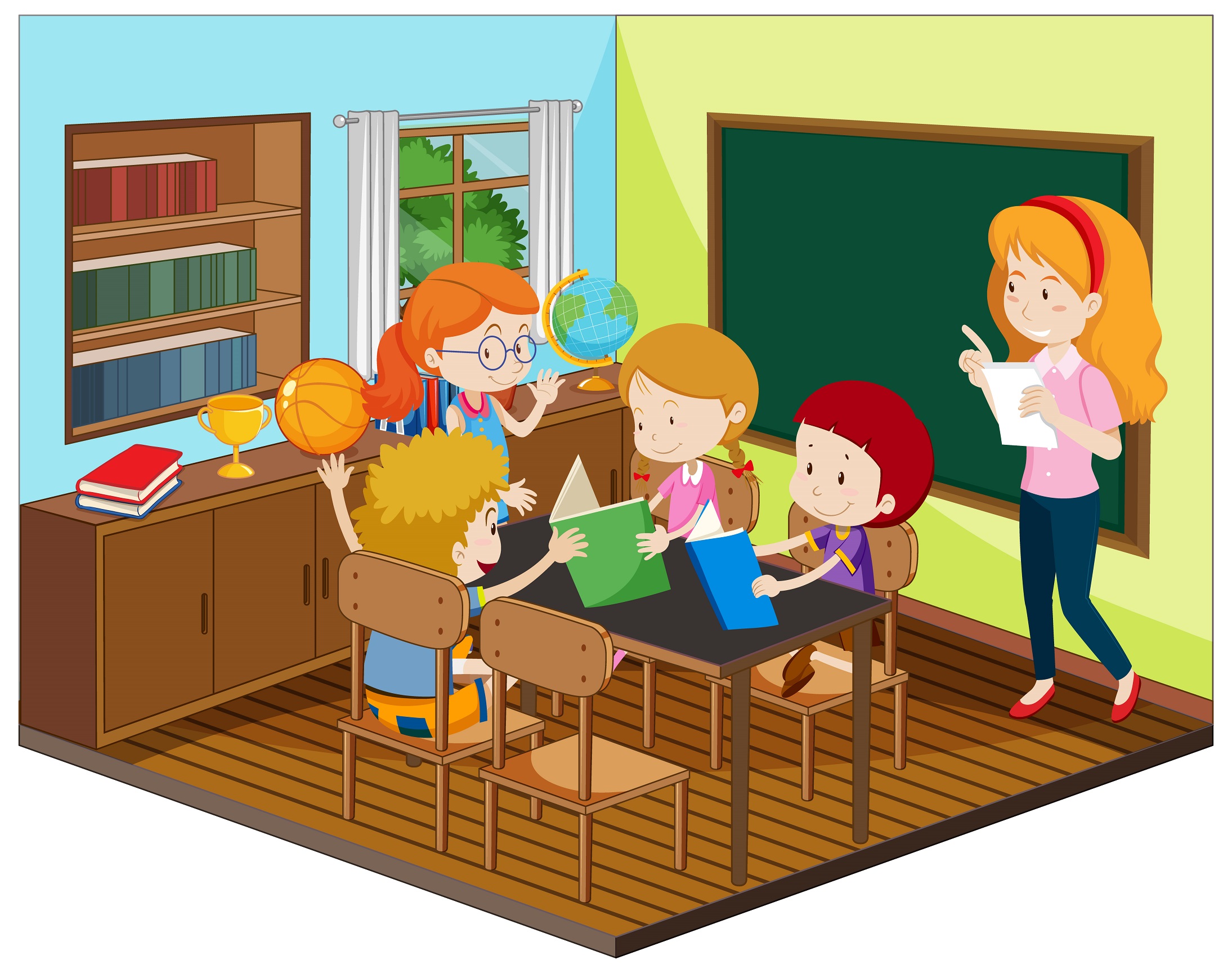Table of Contents
Reading is a fundamental skill that lays the foundation for a child’s academic success and lifelong learning. One effective strategy to nurture expressive and effortless reading in children is known as echo reading.
This article will delve into what echo reading entails, its numerous benefits, and how it can positively impact young readers’ development.
Understanding Echo Reading
Echo reading is a pedagogical approach designed to assist children in honing their reading skills, particularly their fluency and print knowledge. The process is simple yet impactful: a teacher reads a short portion of the text, typically a sentence or paragraph, and the child echoes it back. This call-and-response method bridges the gap between spoken language and written text, contributing to a child’s overall reading proficiency.
The Benefits of Echo Reading
- Connecting Oral Sounds to Print: Echo reading encourages children to connect the oral sounds of language to the written words on the page. This connection is vital in the early stages of reading development and lays the groundwork for comprehension and phonemic awareness.
- Focused Engagement: When teachers point to each word as they read, children are more likely to remain focused and attentive. This visual tracking of words enhances comprehension and helps children stay on track while reading independently.
- Modelling Fluency and Expression: One of the most significant advantages of echo reading is that it provides children with a fluent and expressive reading model. As the teacher reads confidently and with appropriate expression, children absorb these qualities, incorporating them into their own reading. This scaffolding support aids in skill-building and boosts self-confidence.
- Maintaining Place on the Page: Echo reading is particularly beneficial for children who struggle to maintain their place on the page when reading independently. By following along with the teacher’s guidance, they develop better reading habits, which can significantly improve their reading accuracy.
- Pacing for Comprehension: Many young readers tend to read either too quickly or too slowly, which can hinder their comprehension of the text. With the teacher setting an appropriate pace, Echo reading helps children internalize the ideal reading speed, enhancing their ability to grasp and understand the content they are reading.
The Echo Reading Process
The teacher and pupils engage in a cooperative reading exercise during echo reading sessions. Here’s a breakdown of the process:
- Teacher Leads: The teacher initiates the session by reading the selected portion of the text first. During this phase, the teacher models fluency, expression, and tone, setting the standard for the children.
- Active Listening: As the teacher reads, the children remain quiet and attentively listen to the teacher’s reading. This active listening helps them absorb the desired reading qualities and develop an understanding of how the text should be delivered.
- Child Echoes: After the teacher completes their reading, it’s the children’s turn. They echo back the same section of the text, aiming to mimic the teacher’s fluency and expression. This practice provides an opportunity for them to apply what they’ve learned.
In conclusion, echo reading is a valuable tool in the literacy toolkit, especially for young readers who are in the process of developing their reading skills. By leveraging the benefits of echo reading, educators can help children connect oral language to print, improve their fluency, and boost their overall reading confidence. This strategy fosters a love for reading and equips children with essential skills that will serve them throughout their educational journey and beyond.


